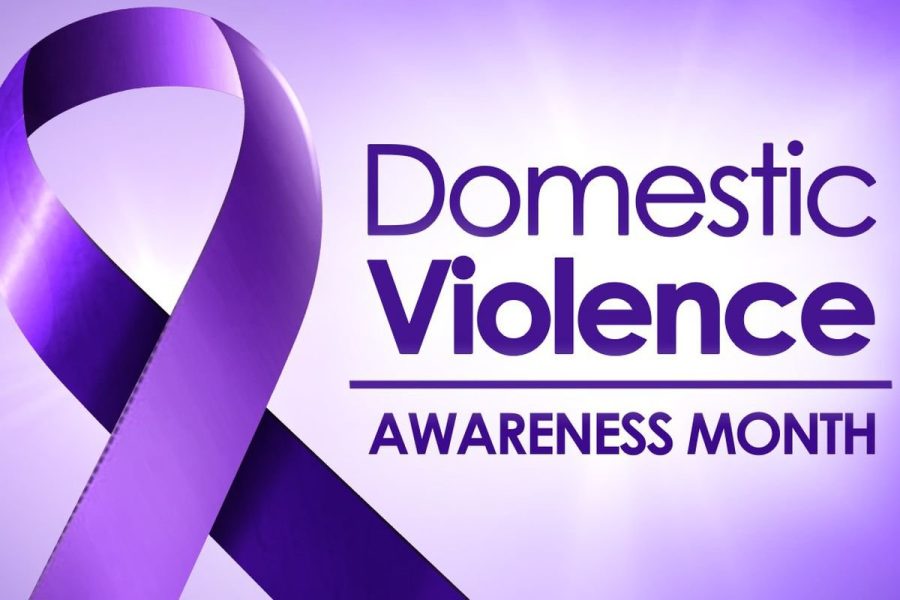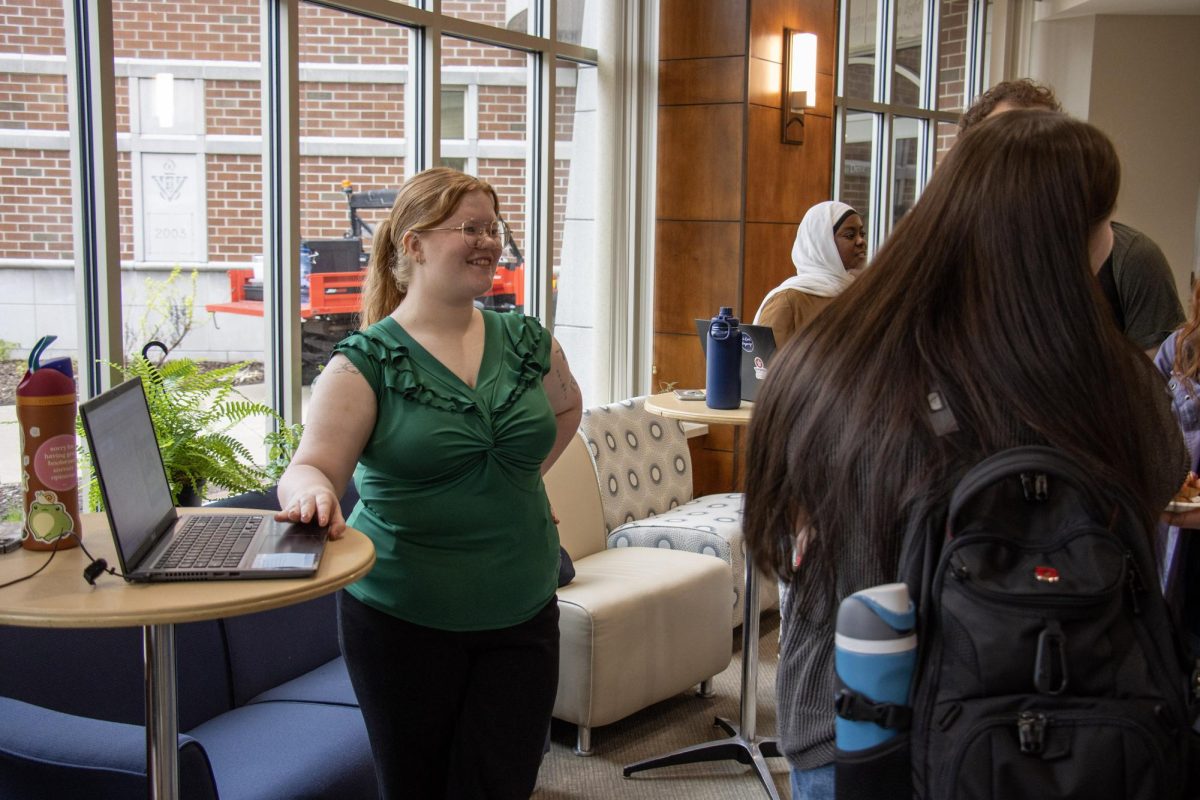Domestic abuse awareness: The next step is action
March 7, 2022
October is national ADHD awareness month. As someone with ADHD, I’ve always found this funny. Not that we shouldn’t look out for our friends’ mental health- but being aware of someone’s ADHD is hardly going to help you fix it. Even being aware of my own ADHD is rarely beneficial to me. I’ve always had this frustration with “awareness” months or days. “National Eating Disorders Awareness Week,” “Transgender Day of Visibility” and even “Pride Month,” all carry with them something I’m not overly fond of. Because while these moments we take to celebrate communities and lift them up are necessary and hopefully liberating for individuals who spend most of their lives being judged for being “different,” they carry with them the underlying opportunity for a cop out. As corporations rake in billions of dollars in trending merchandise, oppressed minorities often find themselves trampled by a media deluge of happy rainbows, Spotify playlists and hastily designed t-shirts.
Meanwhile, much of the population checks out and goes about their lives as normal, because it’s easy to be aware of something and still do nothing about it, for many reasons. But while I was bogged down worrying about Adderall, October came and went without me taking the time to acknowledge that it’s also the month for Domestic Violence Awareness. And here we are, early March, you probably haven’t seen much on your feed recently about Domestic Violence Awareness, but it’s one of the few “awareness” topics which can, in fact, change if you just learn to be more aware of it.
According to the CDC, “Intimate partner violence (IPV) is abuse or aggression that occurs in a romantic relationship. ‘Intimate partner’ refers to both current and former spouses and dating partners” and can involve physical violence, sexual violence, stalking or phycological abuse. The CDC also states, “About 1 in 4 women and nearly 1 in 10 men have experienced contact sexual violence, physical violence, and/or stalking by an intimate partner during their lifetime and reported some form of IPV-related impact.” There are serious physical and emotional costs to IPV, the CDC states that “about 35% of female IPV survivors and more than 11% of male IPV survivors experience some form of physical injury related to IPV. IPV can also result in death [and] Data from U.S. crime reports suggest that about 1 in 5 homicide victims are killed by an intimate partner.” Emotional costs can be harder to measure, but it’s not difficult to understand why many victims of IPV will have PTSD for many years or potentially the rest of their lives.
But how do we stop domestic abuse? According to Very Well Mind, the first step involves an acute amount of awareness. Learning the warning signs of domestic abuse is vital to opening conversations with victims who may not be able to break the cycle on their own. Warning signs can include unexplained physical injuries, withdrawing from social interactions and other depressive symptoms, and excessive privacy concerning the victim’s personal life. If we know the warning signs, we can be armed with the information needed to intervene in the lives of our loved ones and direct them towards the channels they need for intervention. These channels can include Domestic Violence Hotlines, counseling or the appropriate authorities.
Another more subtle way to stop domestic abuse may be available as well. The answer lies in providing sufficient resources and support to those we love, and perhaps even going as far as to open our homes and wallets to help the victims of domestic abuse find peace. According to Psychology Today, financial restraints can be a major reason victims stay in abusive relationships for far too long. “74% of women stayed with an abuser longer for economic reasons.” By showing up and providing victims with support where it matters most, including opening our homes and wallets to them, we can help create environments that allow victims to escape the cycle of IPV.
As I reflect on my frustration with the “awareness month concept,” I’m stuck that Domestic Abuse Awareness Month may be the perfect first step towards creating change. We have to open our eyes to the pain of those around us, and we all must work together with full sincerity and support if we hope to solve this endemic.



